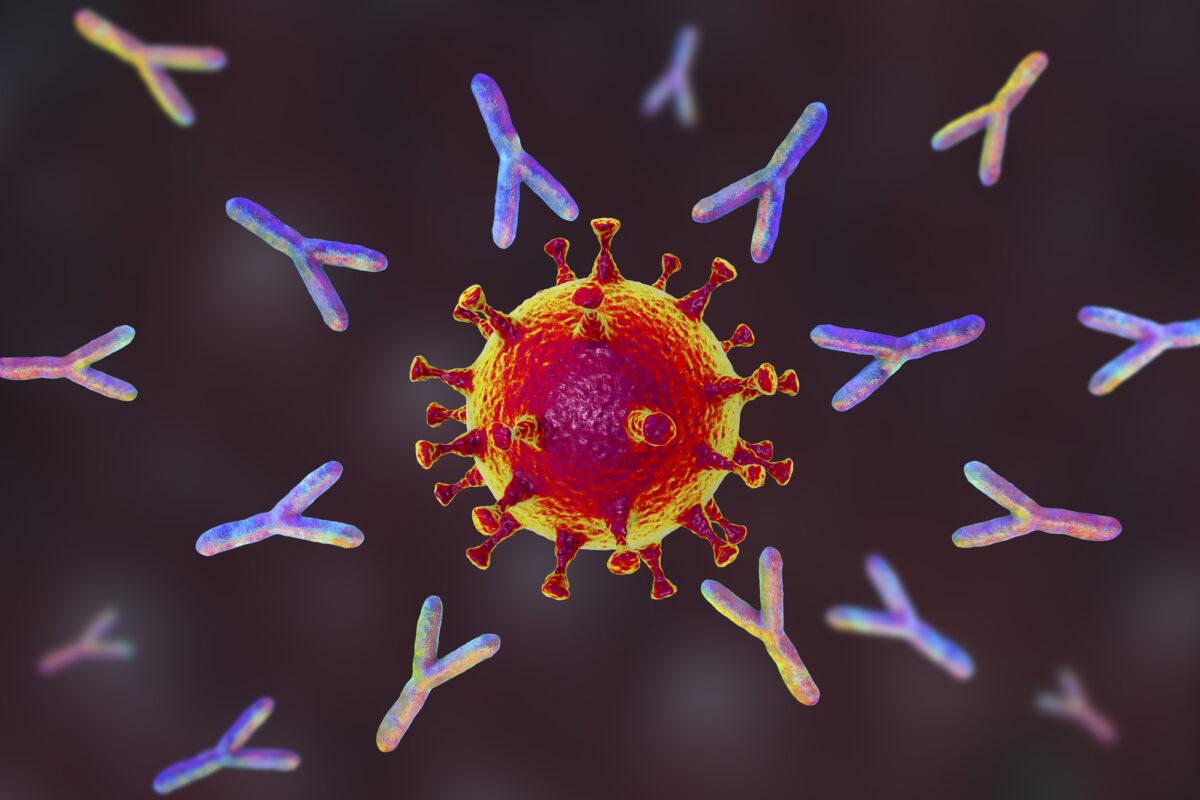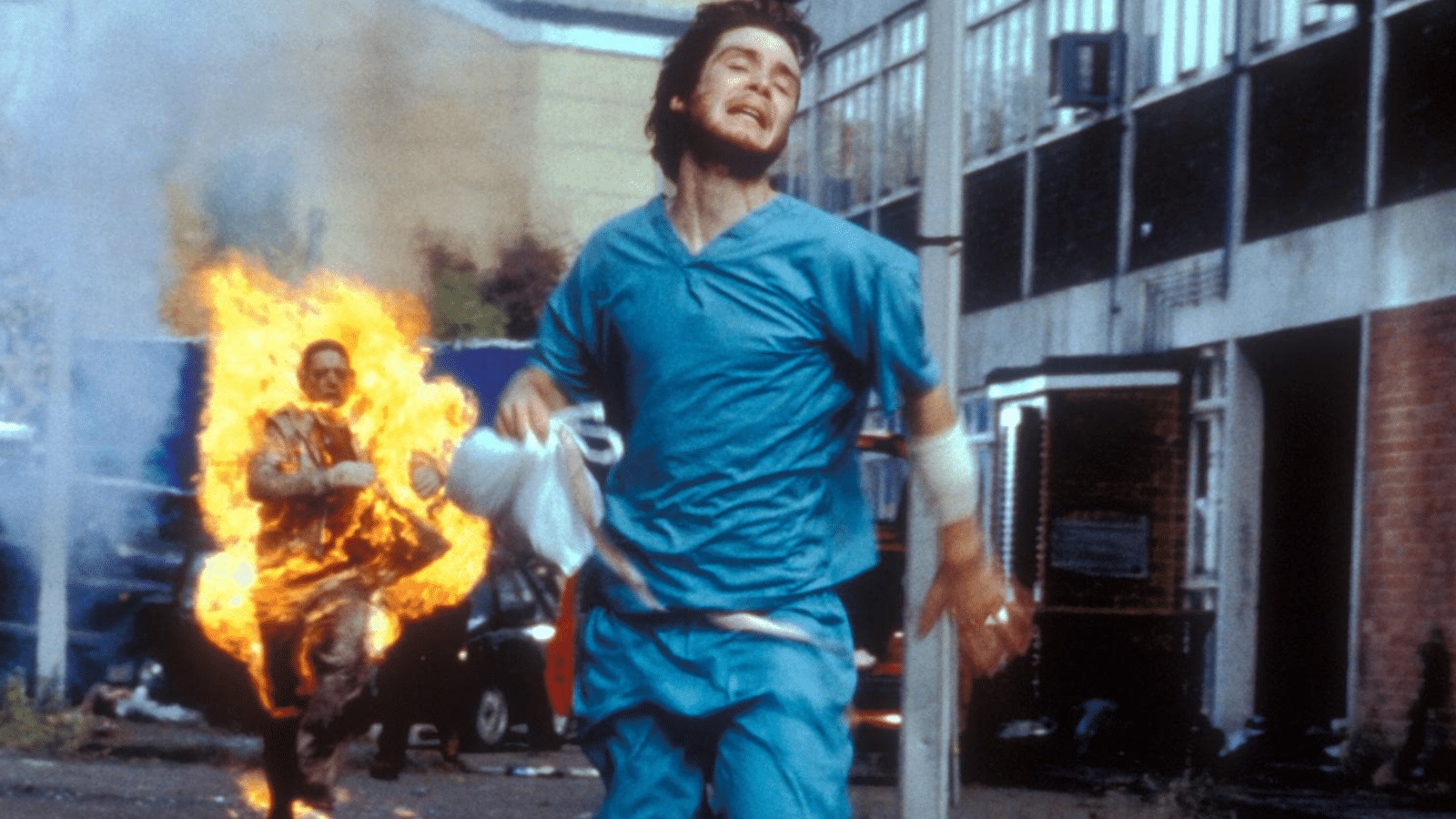
A team of doctors has alerted the medical world to the danger of artery blockage from COVID vaccination with a new case report, published early August in the Cureus Journal of Medical Science. In the same week a team of 19 scientists from the United Kingdom published new research that helps explain why countries with the highest vaccination rates are experiencing the highest numbers of what they call “breakthrough infections,” as well as reinfection with other variants of COVID-19.
By The Levant News news desk
The case report describes how their patient, 67 years old, started to feel short of breath two days after getting the second dose of the Pfizer vaccine against COVID-19. Then, while doing some yard work, he could not catch his breath, even after resting for half an hour. So he went to the emergency room.
The ER doctors found that this patient’s heart was racing, and that one of his legs had started to swell. His blood pressure was abnormally high. A blood test to assess his troponin levels revealed abnormally high troponin as well. Troponin is a type of protein found in the heart muscles. When the heart muscles are damaged, from a heart attack or other stress on the heart, troponin is released into the blood stream.
A cardiologist was called in, and the patient was admitted to the hospital. Given how bad his test results were, the doctors speculated that he would have had “dismal outcome if urgent treatment had not been initiated.”
In other words, if he had not gone to the ER to receive immediate treatment, he likely would have died.
A CT scan further showed the doctors that the patient had a pulmonary embolism. A pulmonary embolism is a significant blood clot in a major artery leading from the heart to the lungs, cutting off blood flow. His kidneys were also acutely affected by the embolism.
Symptoms of a pulmonary embolism range from shortness of breath, to an abnormally high heart rate (tachycardia), leg swelling (like the patient in this case study had), to sudden death. This patient was also found to have another clot, a deep vein thrombosis, in his calf. It was this clot that was causing his leg to swell.
The doctors acted quickly to give him blood thinners and prepare him for catheter surgery. They snaked a catheter through his neck into his heart in order to remove the clot. A few days in the hospital following his surgery, the patient seemed to have fully recovered.
Since this 67-year-old man had no risk factors or previous history of thrombosis, and he had recently had a Pfizer vaccine, the medical team suspected vaccine-induced immune thrombotic thrombocytopenia.
As a health care provider, Doug Trebtoske felt he had to set a good example by getting all the recommended COVID-19 vaccines.
Trebtoske, a dentist based in Rochester, Minnesota, told The Epoch Times that, while he did not force his employees to get vaccinated, he “blindly accepted the CDC position on vaccination.”
He was keen on the vaccination because a relative by marriage, who, like Trebtoske, was 68 years old and in good health, died from COVID-19 a month before the vaccines became available.
But after the third Pfizer vaccination, which he received in September 2021, Trebtoske developed a bad cough. He went to urgent care 30 days after this third vaccination because he was experiencing severe rib pain. “The pain was unreal, like someone was sticking a knife in my chest,” he said.
The doctors were not sure what was wrong with him but in early November he was hospitalized with a pulmonary embolism and two broken ribs. He has been hospitalized twice since then, and undergone two rib surgeries.
Trebtoske and his general practitioner both believe that the pulmonary embolism was vaccine induced thrombosis thrombocytopenia from the third dose of the Pfizer vaccine.
When someone has vaccine-induced immune thrombotic thrombocytopenia, or VITT, they usually present with blood clots in a vein or an artery (which can cause swelling in one leg, chest pain, or body numbness) as well as with a low platelet count in the blood, according to the American College of Cardiology.
Both thrombosis and thrombocytopenia can be life-threatening.
Dr. Kenji Yamamoto, a cardiovascular surgeon who works at Okamura Memorial Hospital in Shizuoka, Japan, has recorded a significant rise in vaccine-induced immune thrombotic thrombocytopenia since COVID-19 vaccination began. Because of the dangers of VITT, Yamamoto believes that the vaccination booster program should be halted.
“The media have so far concealed the adverse events of vaccine administration, such as vaccine-induced immune thrombotic thrombocytopenia (VITT), owing to biased propaganda,” Yamamoto wrote in a letter published in the journal Virology on June 5, 2022.
Soon after the roll-out of the COVID-19 vaccines in Europe, hematologists “began observing previously healthy young individuals present with severe, extensive thrombosis,” according to an article in the journal Blood. “Unlike most cases of thrombosis, there was associated thrombocytopenia, and no predisposing thrombotic risk factors.”
These cases were thought to be linked mainly to the AstraZeneca vaccine, which was widely available in Europe but not in the United States.
Over 70 percent of the young people who got VITT, the onset of which was usually between five and 30 days after SARS-CoV-2 vaccination, died.
More than a dozen other peer-reviewed scientific articles have also discussed this vaccine side effect, with doctors recommending protocols to diagnose VITT, as well as publishing case reports from Thailand, India, and several other countries.
Five months after the AstraZeneca vaccine was first made available, at least 242 clotting cases and 49 vaccine deaths in younger healthy adults had been reported in the United Kingdom, according to the BBC.
In May 2021, the United Kingdom began recommending that adults between the ages of 18 and 39 be offered an alternative to the Oxford-AstraZeneca vaccine.
Then, in October 2021, the New England Journal of Medicine published a study of some 220 cases in the United Kingdom of thrombosis that were found to be vaccine-induced.
These patients developed clots mostly in their lungs (the pulmonary arteries) and their legs, as the Pfizer patient had.
Although VITT had been seen most often following administration of the AstraZeneca and Johnson & Johnson vaccines, other reports have found vaccine-associated thrombosis following Moderna and Pfizer vaccination as well.
For some people, vaccination induces a “prothrombotic state” in which the blood levels of the blood’s clotting cells are disrupted, raising the likelihood of clots forming in the blood vessels.
As the authors of the current case study point out, there were other early warning articles in the scientific literature. A team of six Austrian doctors also published about thrombosis following COVID-19 vaccination in the New England Journal of Medicine, as did a team of Norwegian doctors.
In November 2021, an analysis in the journal Vaccines showed that in just four months in 2021, there were 729,496 adverse events, of which 3,420 were thrombotic; 63 of those affected died: six had had a Moderna vaccine, 25 a Pfizer vaccine, and 32 the Oxford-AstraZeneca vaccine.
Several doctors at the Mayo Clinic, however, have told Doug Trebtoske, the dentist from Minnesota, that there is no connection between the lung problems he has had and the COVID-19 vaccines. Instead, he said, they diagnosed him with “pulmonary embolism of undetermined origin.”
It’s been nine months since he got his third Pfizer vaccine. Trebtoske is still unwell; he can no longer work. He had to sell his dental practice and he isn’t able to dance anymore. He’s considering yet another major surgery to fix a persistent problem with his ribs that was caused by the pulmonary embolism.
What’s more, he’s tested positive for COVID-19 twice despite having had three vaccines. If he had to do it again, he’s not sure he would make the same vaccine choices.
“I probably would have been better off not to have gotten the vaccinations, personally,” he said. “I feel my body over-reacts to the vaccine, and that’s why I got the blood clots. My family physician feels the same way.”
In reference to the research of the 19 British scientists it is evident that COVID-19 mRNA vaccines as well as the booster shots may be making our immune response less effective against the Omicron variant of the virus. Countries with higher vaccine uptake rates are experiencing high numbers of primary infections and frequent reinfections with SARS-CoV-2.
In contrast, in places where vaccine campaigns have not been widely implemented—including most countries in the continent of Africa—people are not becoming infected.
Analyzing why the most vaccinated populations are getting the most Omicron infections, this study focused on the most-vaccinated professionals: Medical personnel who had been given the two doses of mRNA vaccines early on, and were then given booster shots twice more. To find out what was happening on a cellular level with these highly vaccinated healthcare workers, the scientists kept close track of the different types of immunoglobin in the participants’ blood.
Immunoglobin (Ig), also known as antibody (Ab), finds viruses, bacteria, and such and leads the immune system to respond appropriately.
Scientists have identified several types of immunoglobulins, each guiding the immune response in a different way for different phases and types of infection.
IgG4 is the form of immunoglobin that activates a tolerance response in the immune system, for things you have been exposed to repeatedly and do not need to mount an inflammatory response to. This is good if you are trying to avoid immune sensitivity to a food, for example. But it is not the kind of immune response that the COVID-19 vaccines were designed to create.
Beekeepers, when they are repeatedly stung by bees over their career, mount an IgG4 response to the assault on their immune systems. Basically, their bodies learn that the bee venom is not dangerous and their immune response to bee venom becomes an IgG4 response, so they are able to tolerate the stings very well. While the bee venom itself will not harm the body, the body’s own inflammatory response can be dangerous. If the body overreacts and develops a generalized response in which the inflammation itself jeopardizes a person’s breathing, the immune response can be lethal.
This study demonstrates exactly how the repeat vaccinations are causing people to be more susceptible to COVID-19. Initial doses of the vaccine brought about classic inflammatory immune responses. Inflammation is a fundamental part of an immune response (to a vaccine or to an infection), and is responsible for most of what you feel when you are sick: fever, aches, lethargy, etc. This inflammation is why you may feel sick if you get a flu shot, and why the COVID-19 vaccine has become famous for making people feel so sick for a few days. Your body is producing an inflammatory response to the COVID-19 proteins.
But what happens in the body after you have had two vaccines and then you are given a third? The scientists found that successive doses of the mRNA vaccines start to habituate or desensitize the subjects to the COVID-19 proteins, migrating their immune response over to being dominated by the IgG4 form, which essentially teaches the body to tolerate the proteins.
The participants’ response to COVID-19 had actually been turned off, making them even more vulnerable to infection and less likely to mount a response to it than those who had never been vaccinated.
When you are exposed to a cold or any other virus repeatedly, spaced out over a lifetime, which is what happens with natural exposure, you don’t develop a tolerance to it, your body fights it off without you knowing it. Your body is using the normal disease-fighting immune response but, since it recognizes the infectious agent, you do not get symptoms of inflammation. This is why when you are naturally exposed to many diseases, you then have lifelong immunity.
In contrast, this new study shows that the repeated mRNA injections and boosters for COVID-19 are producing a tolerance response, as if they were allergy shots. They are habituating the body to the virus, so that you no longer recognize it as something dangerous.
Another study, published in July by a team of more than 20 German scientists, independently confirmed that successive COVID-19 shots and boosters were converting the immune response from the protective class of IgG response to the toleration class.
At the same time, creating this vaccine-induced tolerance did not mean that the subjects were left unprotected.
So the vaccine and booster program have ended up doing the opposite of what was intended to do: keeping people from getting sick.
But was this ever a realistic goal? COVID-19 is like related endemic coronaviruses. Just like the common cold, it appears that SARS-CoV-2 isn’t going away, nobody can avoid it indefinitely, and that it will keep mutating.
On the one hand, this study suggests that the vaccines are helping the body’s immune system not overreact to the virus. The virus itself was not killing people—it was the interaction of the virus with patients’ immune systems that caused severe and sometimes lethal infections, as the immune system overreacted to a novel virus.
On the other hand, naturally acquired immunity appears to be stronger than vaccine acquired immunity, and the dangers of the vaccines themselves, especially for young people, suggest that the risks of vaccination far outweigh the benefits.
If the vaccinated are now readily getting the virus but having only mild reactions because their immune systems are telling them to tolerate it, this may have been a benefit to vaccination.
But the booster shots were never necessary to produce tolerance: the study showed that the subjects started developing tolerance after only two doses. The vaccines may have helped desensitize the population to harmful inflammatory immune responses to COVID-19. They have played their part. There is no need to continue with successive boosters.
Sources: Epoch Times/ Epoch Times




